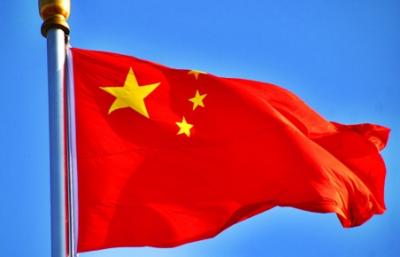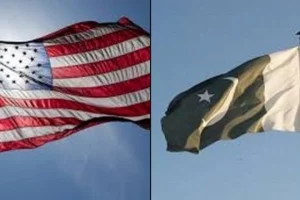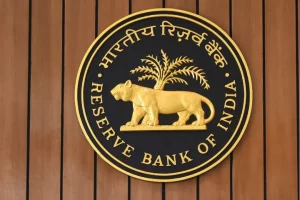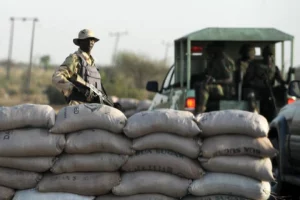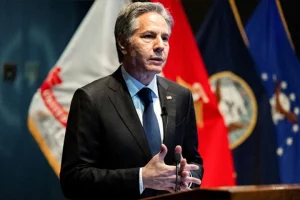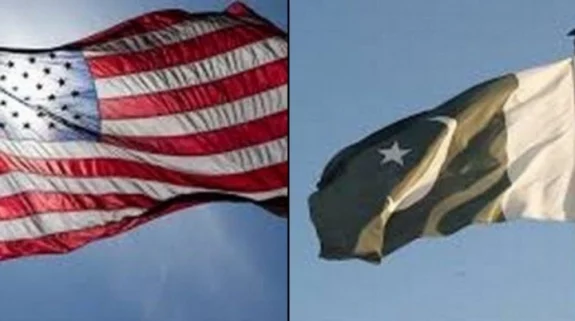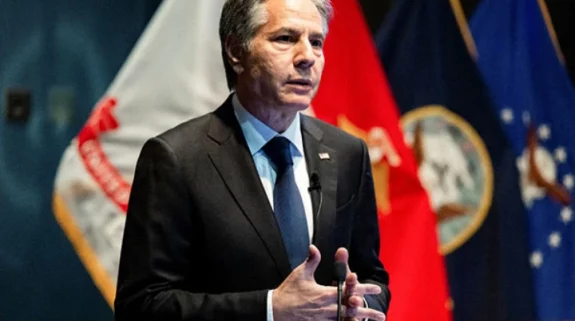In the last five months, India and China have held a series of border discussions, not just between senior army officers but also between their ministers of defence and foreign affairs. The talks have been numerous and at top levels, barring between—Narendra Modi and Xi Jinping. None has yielded India the desired goal of restoring "status quo ante" or the previously existing state of affairs which prevailed before China marched tens of thousands of its troops with heavy weaponry to the border and occupied chunks of Ladakh territory in April-May.
Indian Army veteran and author Probal Dasgupta, who has authored the book, Watershed 1967: India’s Forgotten Victory Over China, on the 1967 battle that demoralized Chinese forces for decades, gives a historical view of the current impasse. "It is likely that China wants to emphasize its understanding of the Line of Actual Control (LAC) as exists from the letter of Zhou Enlai in 1959, which stated each side withdraws 20 km from their point of actual control," says Dasgupta.
However, this is easier said than done. The Chinese are known to be opaque in their talks. More often than not, they go back on their word. They are swift to create "peace and tranquility" agreements—and are swifter in breaking them while holding the other side accountable for breach of "peace and tranquility." Officers and diplomats who have held parlays with the Chinese know well that the neighbor doesn't want a resolution of the tricky border issue as obfuscating it serves the hegemon's expansionist ambitions.
1967 battle is an inflection point for China-India military narrative: Probal Dasgupta says enforcing Zhou Enlai's own understanding from 1959 isn’t easy to achieve on ground because there is a major trust deficit in the India-China relationship, especially after China broke the no-weapons use protocol earlier this year. "What held the peace in place all these years was a set of confidence building measures (CBMs) and protocols based on 1993 and subsequent agreements. They started to slide in the last six years of Xi's rule. But the point to ponder over by all is: whether the Chinese action in 2020 is surprising? No. Not at all," says Dasgupta.
Mismatch between what China says and what China does: Rajnath “Those agreements which held peace on the border have been torn apart and there exist no consensual parameters on which to build peace now. So, essentially, there is a lack of both—framework and trust. With Xi and General Zhao Zongqi—Commander, PLA’s Western Theater Command, around, building trust appears difficult,” Dasgupta adds.
The violations by the Chinese include sneaking in at Pangong Tso lake in April, clashing with Indian troops in May and ambushing Indian soldiers on June 15 with nail-studded rods, resulting in dozens of deaths on both sides—the first time after nearly five decades. Later in August and September, even as the Indian and Chinese generals were holding another round of talks to diffuse the situation, the PLA troops made yet another incursion into Indian territory but were rebuffed by Indians with a warning. Soon after, the Chinese fired warning shots.
China uneasy with India emerging as an alternate Asian power China is demonstrating mala fide intentions repeatedly, making it clear that it wants to play out this tussle of attrition with India. On the flip side for China, India has occupied the heights dominating the Spangur Valley and has emerged with an edge over China in the recent tussle. This doesn’t make Xi look good domestically and he needs a face saver.
So, what are the options before China and what is likely to transpire on the border? Dasgupta says: "History is a great teacher. Remember, in 1962, when the Western powers were occupied with the Cuban missile crisis in October, China used this brief window to launch a short war against India and emerge victorious. The Soviets or Americans couldn’t come to India’s aid in time and China used that opportunity. In November 2020, there is a US election and China could possibly look at that window to launch a brief strike against India. But where would that strike be?"
Reading tea leaves wrongly: China underestimates India on border. This poses a dilemma for the communist nation. Now, India is not the weak force it was in 1962 and China is aware of that. A runaway victory like 1962 is out of the question. China is thus likely to make India commit more forces in Ladakh and make it bleed.
A policy similar to one pursued by its all-weather friend Pakistan, to bleed India through a thousand cuts. Dasgupta says: "This is probably in consonance with the strategy of hitting at another place along the border, where China believes it has a greater chance of success.
The face saver Xi is looking for is probably during the US election time—first week of November. That’s a probability. Given that winter would freeze movements around that time in the mountains, any action would have to be in an area where troops are able to achieve a limited objective," says Dasgupta, adding that this is the window Xi is looking for.






